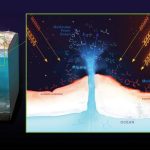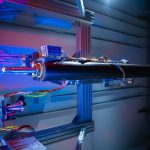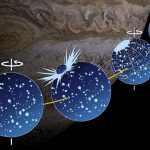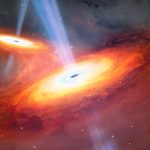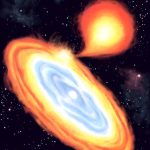A surprise asteroid lit up the sky over the Philippines
With all of humanity’s telescopic eyes on the sky, it’s rare for an asteroid to take us by surprise.
But that’s what happened this morning...
Dark oxygen could change our understanding of habitability
The discovery of dark oxygen at an abyssal plain on the ocean floor generated a lot of interest. Could this oxygen source support life...
How gravitational waves could help detect Star Trek-style warp drive spaceships
How much do we really know about what else is out there in the universe?
Let's take an outlandish example.
If there were aliens flying around...
Europe is sending a drill to the Moon to search for water
The Moon has been a source of interest of late largely due to the focus on getting humans back to the Moon.
Future human explorers...
Massive asteroid impact shifted the axis of solar system’s biggest moon
Around 4 billion years ago, a massive asteroid struck Ganymede, Jupiter’s largest moon, causing it to shift its axis, according to a new study...
This ancient galaxy merger will produce a very luminous quasar
In the contemporary Universe, massive galaxies are plentiful. But the Universe wasn’t always like this.
Astronomers think that galaxies grew large through mergers, so what...
Double-peaked supernovae unravel new cosmic mysteries
Recent research is shedding light on the mysterious double-peaked supernovae, offering valuable insights into how massive stars evolve and eventually explode.
These findings could help...
Astronomers eagerly await rare stellar explosion visible to the naked eye
A spectacular celestial event is expected to light up the night sky soon—a stellar explosion that happens only once every 80 years.
We spoke with...
By watching the sun, astronomers are learning more about exoplanets
Watching the Olympics recently and the amazing effort of the hammer throwers was a wonderful demonstration of the radial velocity method that astronomers use...
Hidden oceans: How planets hold more water than we thought
A recent study reveals that planets might contain much more water than we previously believed, but most of it is hidden deep inside their...


